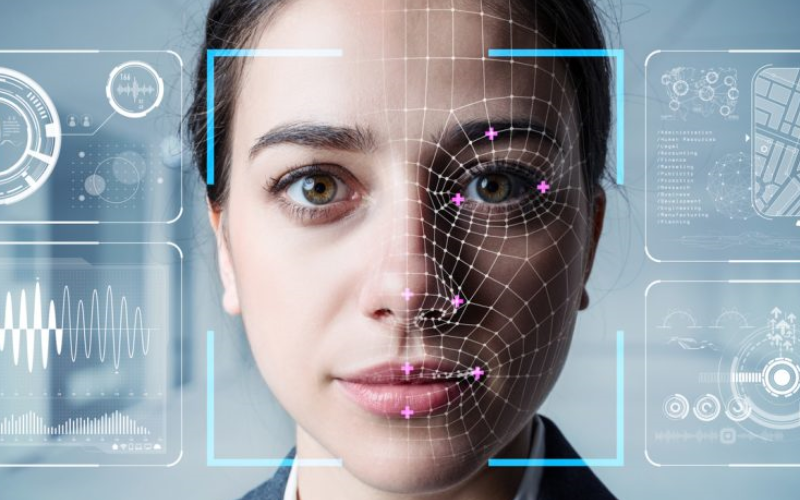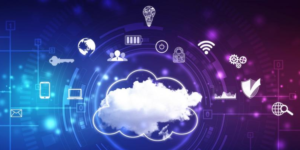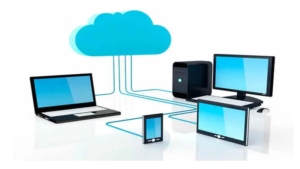Facial recognition technology is one of the most significant advancements in the identity verification industry, which has gained remarkable attention over the past couple of years. Facial recognition uses biometrics for face detection and analysis. Facial recognition can help verify individual identities from a pool of databases to find the exact match for identification. The facial recognition market was estimated at $4 billion in the year 2017 and now expected to grow to $7.7 billion by the year 2022. Financial institutions and other global industries are increasingly showing interest in facial recognition because of the need for robust identity verification due to rising online crimes of medical identity theft.
How Facial Recognition Technology works?
Facial recognition technology works for both verification and identification. They both may sound similar but are very different concepts. In facial recognition, the face of an individual under question is compared with a database of identified faces to discover the identity of an unknown face. The facial recognition system has been regularly used by regulatory authorities for surveillance purposes. Similarly, global industries are using facial recognition technology to verify whether the potential customers are who they say they are before onboarding them. Some examples of facial recognition technology are:
- Unlocking smartphones by verifying your face
- Logging in to digital banking application
- Confirming identity at airports or subways; so and so forth.
Facial recognition may work differently for different industries but the main procedure is the same:
- The customer shows their face in front of the camera. In case of identity verification for financial institutions, they may ask you to show the identity document along with your live face.
- The facial recognition system runs a thorough face scan using 3D face mapping techniques to prevent spoofing attacks.
- The customer’s face is then matched with the image on the ID document and databases of known faces.
- After analysis, the results are delivered either approved or disapproved.
Industries that use Facial Recognition Technology
Facial recognition is used by global industries for the sole purpose of identity verification.
- Law enforcement agencies: Facial recognition provides an added layer of security by identifying masked suspects.
- Healthcare: We can see a growth in medical identity theft during the past few years. Identity verification that uses facial recognition can help prevent medical identity thieves from entering the system imposed as someone else.
- Retail/ eCommerce industry: Online and offline eCommerce platforms both are using facial recognition to prevent identity theft leading to costly chargebacks.
- Traveling industry: We can see and hear a lot of travel scams due to identity theft. Ripping hotels off of their deserved revenues. Identity verification through facial recognition on customer check-in and check-out can prevent scams. Airports are testing facial recognition to streamline the process.
- Financial institutions: Global Banks have started to use facial recognition services for secure customers to log in through their online banking applications.
- Online gambling and gaming industry: Face recognition technology is aggressively used by online/ offline betting platforms for player face scanning and can reduce incidents of money laundering.
- Voting: We can hear about a lot of online attacks on governmental institutions in times of the voting season. The process for voters is the same as it is for everyone. The voters take a photo of their government ID along with their selfie, upload verification. After approval, they can cast their votes.
It is evident that cybercrime is drastically increasing day by day in a world full of digitization. Many companies are now using Artificial intelligence-based face verification services as a security precaution. Facial recognition is a promising technology that is seen to be revolutionizing how businesses perform their Know your customer or KYC procedures.
Facial recognition technology is the future but it does have a downside. Individual’s pictures can be easily found online on social platforms which can then be used for facial spoofing attacks. The reason why it is important for industries to have facial recognition software to prevent such attacks from happening and also to protect sensitive data from going into the wrong hands. Weaknesses and vulnerabilities within company systems always exist. Facial recognition uses liveness detection to identify the remote presence of the individuals, which can enhance the system’s ability to detect and prevent attacks.
You may also like: How Facial Recognition Technology Finds Other Similar Photos?
Latest posts by Nirupama Verma (see all)
- What is Corporate Gifting and Why is It Important? - November 8, 2023
- Top 5 Benefits of Synthetic Liquids That You Did Not Know - December 24, 2022
- Pin up Review - September 23, 2022




